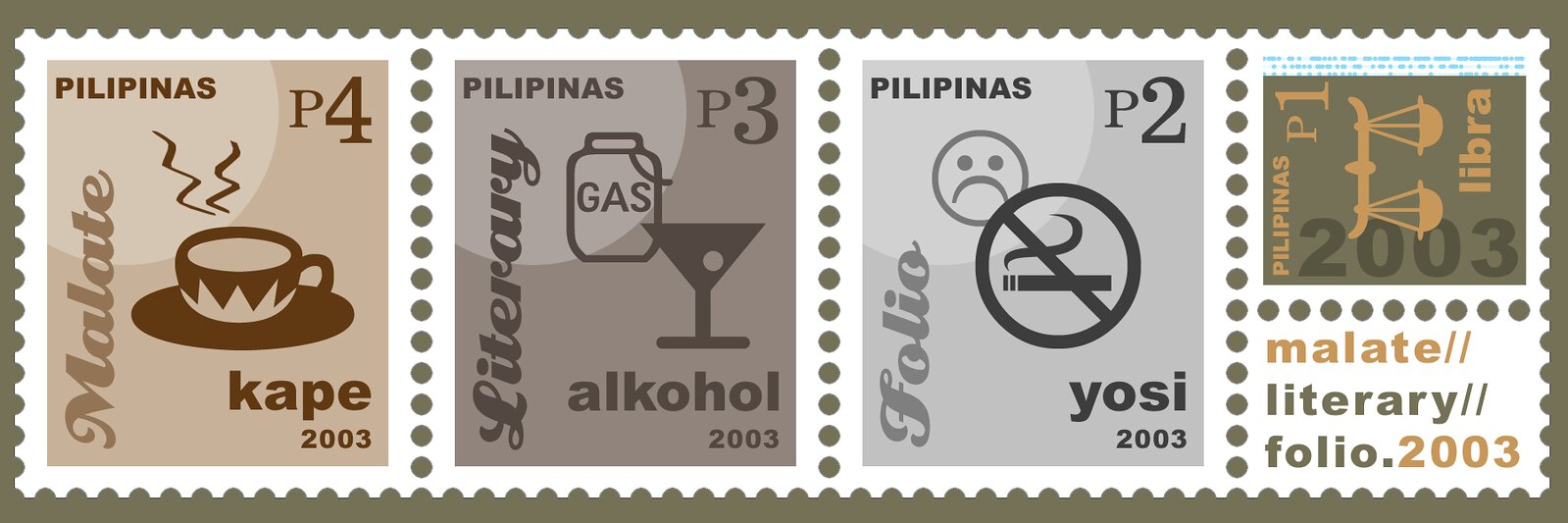Did I mention that my math superpower in high school failed to work during my stint in the College of Engineering? My parents’ chosen course for me was ECE. I wrote mine in the second choice field: Creative Writing.
For a year, I managed to trudge through the hallways and classrooms of Velasco. In between schedules, I worked as an SA (student assistant) at computer laboratories—the job took me places (read: other buildings). On Saturdays, the sunny soccer field was my home as a medic in ROTC. These were the places in my world in DLSU.
Never thought of wandering past the library. Never dared to stop wearing plaid polo shirts.
During the last term of my first year, the course I was in felt like chains and balls shackled to my feet. Depression kicked in that I found myself breaking out in tears in a Philosophy class. The prof was sharing about her journey in Zen and at some point I was sure she was talking directly to me about finding freedom and peace.
Paradigm Shift
Armed with an SLR and some knowledge in Adobe Photoshop, I shifted to Advertising Management (after finding closed doors in Communication Arts)—did all the paperworks and passed the qualifying exam. Then I told my parents about it. I don’t remember that it really mattered to them—the sin that I did. They were full support in my education, I realized.
One lazy afternoon, along the walkway of SJ Bldg. were recruitment booths lined up left and right. I was looking for a place where I could contribute in photography and graphic design and there I found LaSallian and Malate. Or they found me?
Resident Photoshopper
Just some of the works I unearthed from an old hard drive:



Other works include cover design of a couple folio issues, published photographs (of course) and some written works in a logbook—beaten and left for dead by legit poetry members.
